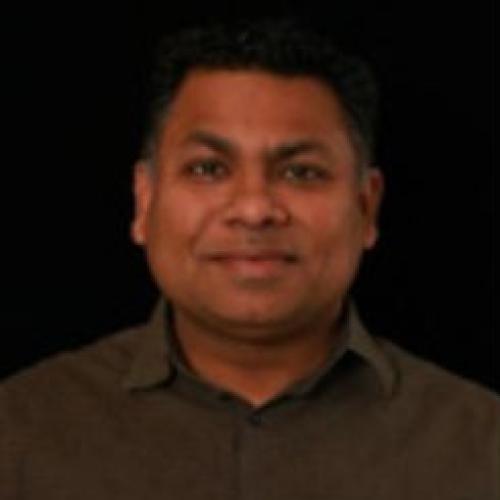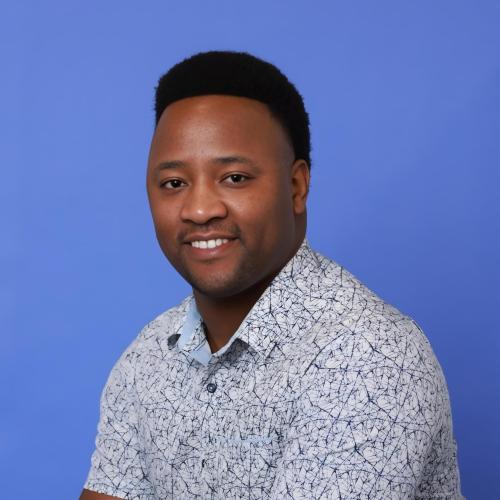The combination of extreme-density, co-packaged interconnects and next-gen AI accelerators form the backbone of bleeding-edge AI hardware system topologies. Co-Packaged Copper (CPC) optimizes 224 Gbps signaling by eliminating BGA packaging losses. This implementation allows for extended reach preserving the viability of copper cable assemblies. Emerging Co-Packaged Optics (CPO) solutions enable high-bandwidth, low-latency optical links that can span multiple racks.
In this Main Conference presentation, Samtec technical experts will detail next-gen CPC/CPO solutions using the same SMT Co-Packaged CPX connector. This new CPX architecture breaks through existing performance barriers allowing seamless interconnection of multiple GPUs and enabling AI supercomputing fabrics. An overview of the latest 448 Gbps PAMx technologies will also be presented.

Matthew Burns
Matthew Burns develops go-to-market strategies for Samtec’s Silicon-to-Silicon solutions. Over the course of 25 years, he has been a leader in design, applications engineering, technical sales and marketing in the telecommunications, medical and electronic components industries. He currently serves as Secretary at PICMG. Mr. Burns holds a B.S. in Electrical Engineering from Penn State University.
















